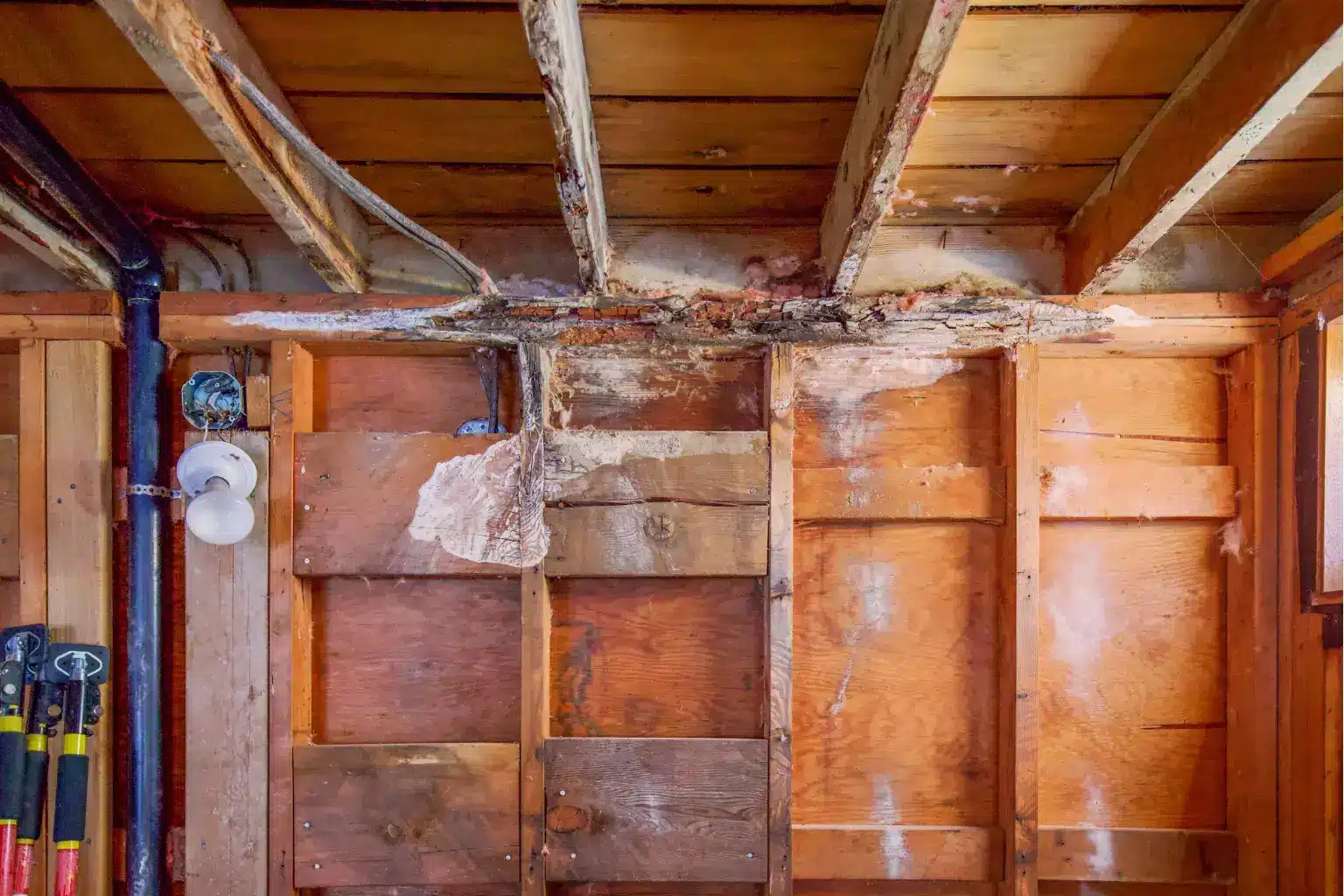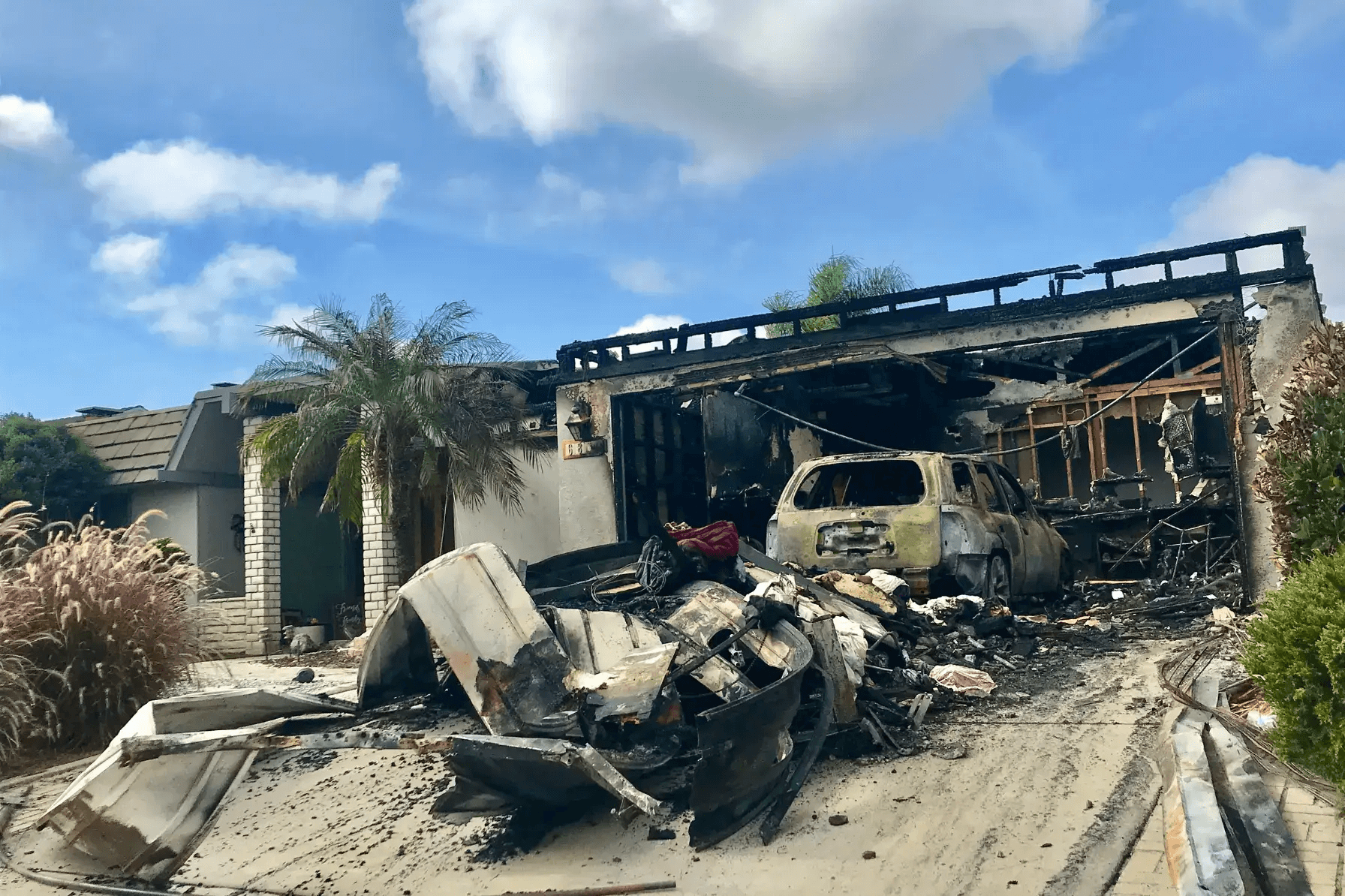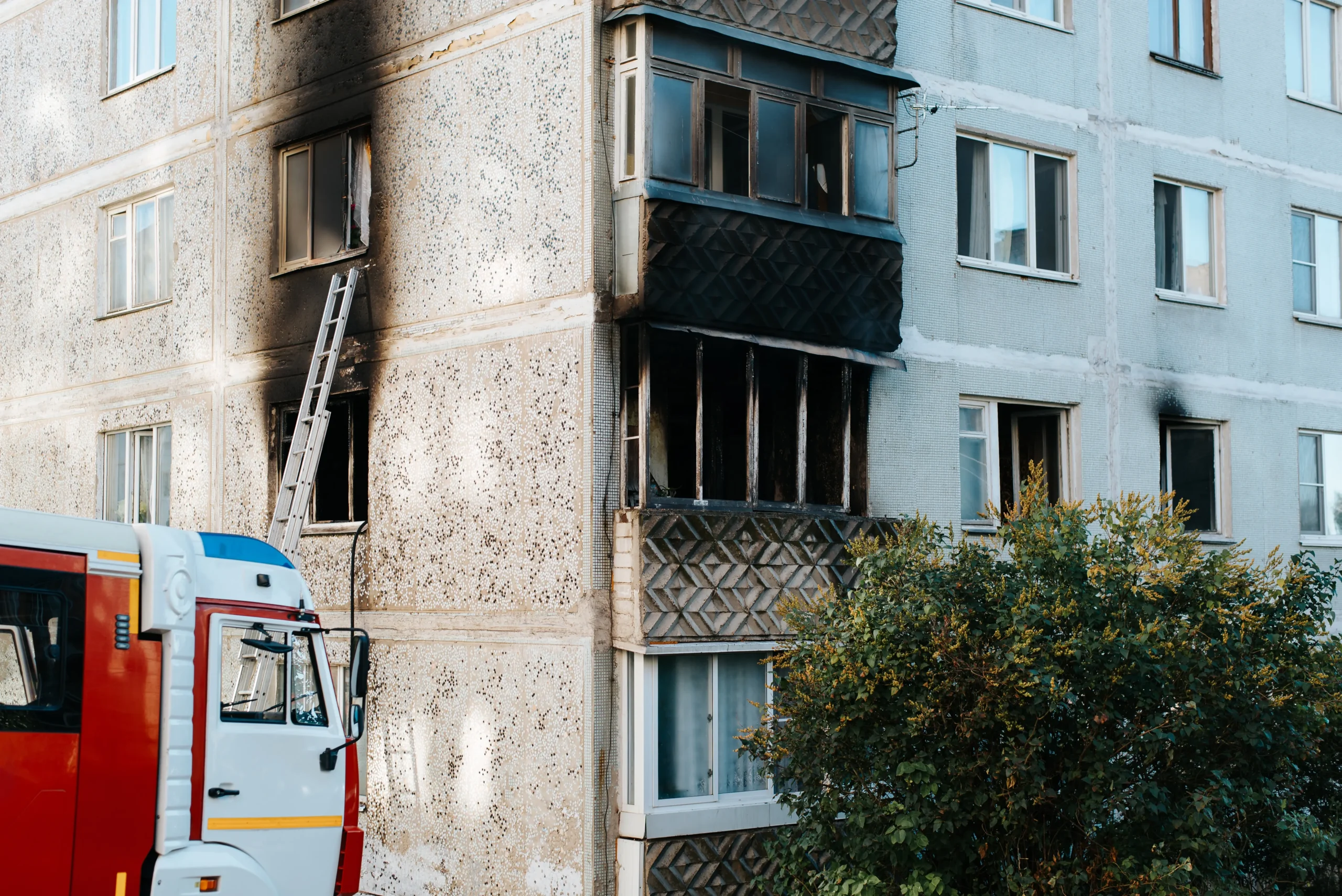Insurance and Black Mold on Furniture: Will They Cover It?
You discover black mold on your couch, dresser, or bedframe, and it’s not just unsightly. It smells, it could be toxic, and it raises a big question: Will my insurance cover this?
Black mold on furniture is one of those gray areas in property insurance. Sometimes it’s covered. Sometimes it’s not. And often, it comes down to one frustrating answer:
“It depends.”
At A/S General Contracting, we’ve helped countless Southern California homeowners deal with mold remediation and insurance claims.
We’ve seen black mold on furniture both covered fully and denied completely. In this article, we’ll break down what factors impact coverage, how to position your claim, and how our team can help you through it all.
First Things First: How Did the Mold Get There?
When you talk to your insurance adjuster, the very first question they’re going to ask you is super important. They want to know exactly how the mold got there.
This detail can really change how your homeowners insurance will treat your claim.
So, let’s break it down into two parts.
Mold appearance after an accident
First, there are times when your furniture might get moldy because of something sudden and unexpected, like if a pipe suddenly bursts or if there’s a leak in your roof during a big storm.
Even if an appliance like a dishwasher overflows, that could also count. If any of these accidents happen, your homeowners insurance might actually cover the damage to your furniture.
That means you could get help paying to fix or replace it!
Mold appearance due to neglect
On the other hand, if the mold showed up because of problems that took a long time to develop, that’s usually a different story
For example, if your house has been a little too humid for a long time or if there’s a slow leak that you didn’t notice for weeks, chances are your claim will be denied
Insurance companies often see this kind of situation as something that should have been taken care of with regular maintenance, not something they need to pay for
So, it’s really important to know the difference because it could affect whether you can get help with the mold damage or not!
What Most Insurance Policies Actually Say
Here’s what we’ve seen in real-world policies:
- Standard homeowners insurance does not automatically cover mold
- Mold is usually covered only if it results from a covered peril, like water damage
- Some policies contain mold exclusions or limits (like $5,000 cap on mold-related claims)
- Coverage may include furniture, structure, and cleanup—but only when linked to a covered event
Learn how we help homeowners handle tricky claims here: Insurance Claim Support – A/S General Contracting
What Kind of Furniture Is Affected?
Black mold can grow on many common materials:
- Upholstered furniture (sofas, armchairs, mattresses)
- Wooden dressers, nightstands, or bedframes
- Fabric headboards
- Particleboard or veneer surfaces
- Leather items stored in damp areas
Because many of these are porous, the mold penetrates deeply, making DIY cleanup difficult or impossible. Some items can be saved. Others can’t.
This is why insurance coverage for furniture matters: the cost of replacing everything adds up fast.
When Will Insurance Pay for Moldy Furniture?
To have the best shot at getting coverage, the claim needs to meet a few key conditions:
1. There was a covered event
2. You acted quickly
3. You documented the loss
Photos, videos, receipts, professional evaluations—these help tell the story of what happened and when.
When Claims Get Denied
Even with good intentions, furniture mold claims often get denied for reasons like:
- The damage appeared old or long-standing
- There’s no clear source of water, or it wasn’t reported promptly
- The furniture was stored in a damp basement or attic
- The policy had a mold exclusion clause
We’ve even seen denials for wording like “moisture accumulation due to atmospheric conditions,” which refers to general humidity in the air.
This is where professional help makes all the difference.
How A/S General Contracting Helps You Through It
We’re not just a mold cleanup crew—we’re a full-service restoration contractor with decades of experience helping homeowners navigate insurance claims the right way.
When you work with us, you get:
- Certified mold inspections and documentation
- Clear, insurance-compliant reports to support your claim
- Help coordinating directly with your adjuster
- Back-up plans if your claim is denied (including self-pay options)
- Priority service if your claim is approved and fast remediation to protect your health
We’ve helped homeowners recover payouts even when their policy didn’t include mold coverage, because we know how to present the full story to your insurer.
What If My Claim Is Denied?
If your insurance refuses to cover mold damage to your furniture, you still have options:
- Ask for a second opinion or reinspection
- Provide additional documentation
- Work with A/S to get a detailed out-of-pocket estimate
- Choose to clean or replace priority items first, depending on your budget
Our team is here to help you make sense of all of it—and get your space safe again.
Know the Limits, Then Take Action
So, will insurance cover black mold on furniture?
It depends on the cause, how fast you responded, and what your policy says. But with the right documentation and the right team behind you, your chances of getting help go up significantly.
Need Help With Moldy Furniture and Your Insurance Claim?
If you’re staring down a mold-covered couch or mattress and wondering what’s next, call us. We’ll inspect the damage, help you understand your coverage, and walk you through every step, so you don’t have to do it alone.


